Maheshwaran Jothi is a Milan-based semiconductor industry worker and the blogger behind Let’s Travelliamo, which provides practical advice about living in Italy. He also produces his own quarterly travel magazine, Travelliamo, which currently has four online and print editions.
Originally from Chennai, India, Maheshwaran has now lived in Milan with his wife Ramya and their two children for almost eight years.
I first came across Mahesh’s blog researching a guide to renewing Italian residency permits, and was drawn in by his detailed instructions and tongue-in-cheek tone. We got in touch to ask if he’d talk to us about his family’s experience of moving to Italy from India, and he agreed.
READ ALSO:
- Visas and residency permits: How to move to Italy (and stay here)
- The five most essential pieces of paperwork you’ll need when moving to Italy
In this interview, we talked about what prompted the family’s decision to relocate to Italy, how his children handled the move, and their experiences of international school versus the Italian education system.
We also discussed how the couple set about finding a community in Milan, the advantages and drawbacks to living far from home, ambivalence about identity, and what inspired Mahesh to start his own Italian-themed practical advice blog and travel magazine.
On making the move
Mahesh had been making regular trips from Bangalore to Italy for many years as part of his work for an US-headquartered semiconductor company when his family decided to relocate in 2013.
At the time, his son was 12 and his daughter six. They were happy enough with the idea of moving abroad, but had one major reservation.
“The first question was ‘why Italy?’” says Mahesh. “Going to an English speaking country is very much liked by everybody. But going to non-English speaking countries, the first thought is, oh, why do you want to go there?”
READ ALSO: ‘What we learned from moving to Italy and opening a B&B’
“We said OK, let’s try it for two years. And if they like it we stay, if not we go back.”
“After nine to ten months we started liking this place, and I saw a big change with my kids, especially the younger one. When she came here she was six or seven and we always had a bit of fear: how is she going to take it, because it’s a new culture, she doesn’t know the language, and she had to go directly into the second grade because of her age – the school said they couldn’t take her in the first grade.”
“But within six or seven months she started speaking like a local, and then we were really in our comfort zone.”
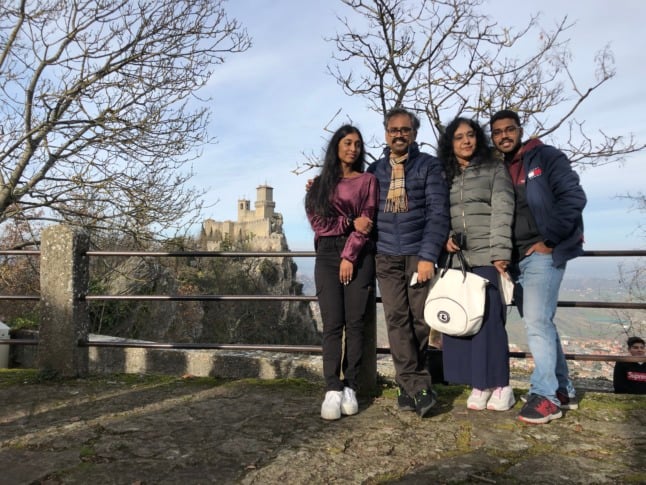
On schooling
At six years old, Mahesh and Ramya’s daughter was young enough when they first moved to Italy that they decided to put her in an Italian medium school. It worked out: after a few months she was speaking the language fluently.
Their son, however, was at a more advanced stage in his schooling, and Mahesh and his wife felt it was important to avoid any gaps. They started him off in a British international school – but after nine months, he joined his sister in the Italian system.
“The first reason was cost,” says Mahesh. “But the second reason was I liked the school here – the way they interact with the kids made me realise that this is the right place.”
The British school operated more like the schools Mahesh and Ramya were familiar with back home: formal and slightly distant. Their local Italian school, by contrast, they found warm and friendly, and they liked how approachable the teachers were.
READ ALSO:
- Ten things you need to know before moving to Italy
- 16 of the most essential articles you’ll need when moving to Italy
- ‘Do your homework’: An American’s guide to moving to Italy
Key to both children’s success in transitioning to the Italian system, Mahesh says, were after-school sessions at an oratorio – a programme put on by a local church where volunteers helped their kids with their homework and offered extra tuition. It helped allay Mahesh and Ramya’s fears about educating their children in a totally foreign language.
“Myself and our wife, we couldn’t contribute anything other than sitting there and watching them when they did their homework. Initially we had that fear, because we didn’t know if what they were doing was right or wrong.”
“That’s why the oratorio was a big help,” says Mahesh. “We felt a little helpless because we couldn’t help our kids, but we hoped things would be fine, and they really were.”
On finding a community
When it came to making connections in the local community, Mahesh and his wife found their children’s school was a good starting point.
They worked on getting their Italian to proficiency level, and when Ramya dropped the kids off in the mornings she’d chat to the other parents in the playground.
“In Italian schools, parents’ participation is really really big,” says Mahesh. “With any functions or meetings, all the parents get together, we talk and then we go for aperitivo, et cetera.”
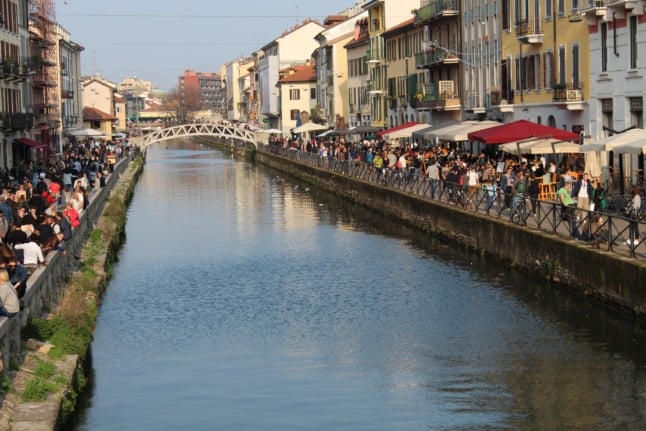
“Of course, in the last two years things have changed. But before that we were very frequently visiting other families and being with them, talking with them, so that’s how I tried to build up my Italian.”
As for making friends from back home, in the beginning they turned to the same place everyone does when they arrive in a new city: Facebook. Here they found groups of fellow Milan-based Tamil speakers that they could connect and unwind with in their own language.
READ ALSO: Italian meets international: What it’s really like to live in Milan
Since starting Let’s Travelliamo, though, Mahesh has increasingly found that the network comes to them: he’s regularly contacted by people moving to the city who’ve found his site and are looking to connect, and they’ve met several friends this way.
On language and identity
Any family that emigrates indefinitely finds that sooner or later, their adopted home starts in myriad ways to supplant the original. Mahesh and Ramya try to ensure Tamil is spoken at home, but Mahesh says that by the time they’d been in Italy for two or three years their daughter was speaking “almost 90 percent Italian”.
“When we were with her, we’d need to slowly understand and then ask her again. And we’d say if you want us to do something, tell us in our language.”
While Mahesh and his and his wife have made sure their children speak fluent Tamil, he does worry there’s a gap in their reading and writing skills. “We try to help them learn, but they don’t have much time and interest,” he says, a little ruefully.
Then there’s the question of nationality.
READ ALSO:
- How to become Italian: A guide to getting citizenship
- What’s the difference between Italian residency and citizenship?
- How many foreigners does Italy grant citizenship to?
Currently, all four family members are Indian citizens, and they have another couple of years to go before any of them will be eligible to apply for Italian citizenship. But India doesn’t allow for dual citizenship; which means if any of them want to become Italians in the future, they’ll have to turn in their Indian passports.
“I don’t have any intention to change my citizenship,” he says. “But for my kids, my son is almost 20 so it’s his decision. My daughter, she has a few more years to decide.”
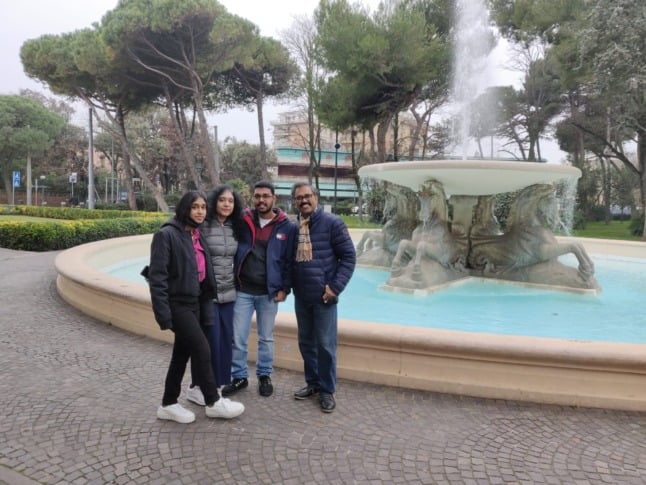
On the challenges of living in Italy…
The main challenge Mahesh and his wife have experienced relocating to Italy is the same one faced by all those who move far from home: missing family.
“I have my mother living alone, and she misses the grandchildren,” Mahesh says. “When I left she said OK, two years, you guys are going to come back and we are all going to be together. But two became three, four, and now it’s almost eight years, and I think she feels, OK…it’s slowly sinking in.”
While they talk regularly with relatives via Whatsapp, it’s not the same as being around a large extended family.
READ ALSO:
- The biggest culture shocks you’ll experience after moving to Italy
- 15 things you’ll probably never get used to about living in Italy
“I grew up in a large family, in the sense that I have four sisters. There was always fighting, it was always lively, too many people in the home, then we had aunts, uncles, everybody. But today I need to introduce my aunt or uncle to my kids, because they live far away and just once in a while they say hi and then go back.”
Not being around extended family also means missing big family functions.
“It’s not only festivals – in India at least once a month we have some get together in the sense of, it’s somebody’s birthday, or we will get together in a temple when there’s some religious activity happening, so at least once a month we see everybody and we mingle.”
“After coming here, once or twice a year we participate in celebrations, but it’s completely different, right? Of course with friends we go out, but the family part, we miss that.”
…And the positives
On the flip side, Mahesh’s family nuclear family has found there are lots of advantages to living in Italy, not least the long summer holidays.
“The vacation days in Italy are simply fantastic,” Mahesh enthuses. “In August, almost all of Italy is in vacation mode. In India we can’t normally take long vacations – maximum one or two weeks when exams are over.”
The long holidays means that Mahesh and Ramya and their children can return to India for a full month every summer to visit family and friends (though the pandemic has put a stop to those visits for the last couple of years).
READ ALSO: ‘Five ways a decade of living in Italy has changed me’
Then for someone like Mahesh, who declares travel to be his “love, passion and dream”, being within easy reach of a range of different countries with no bureaucratic red tape in the way has been a huge benefit.
Together the family have explored most of Italy’s regions, and last spring they took off on a week-long road trip around northern Europe, stopping in Austria, Switzerland, Germany, Poland, Czech Republic, Latvia and Slovenia.
“The excitement in crossing the border without the need to get through the complex process of visa is a boon for we Indian (Asian) citizens,” he wrote to me in advance of our call.
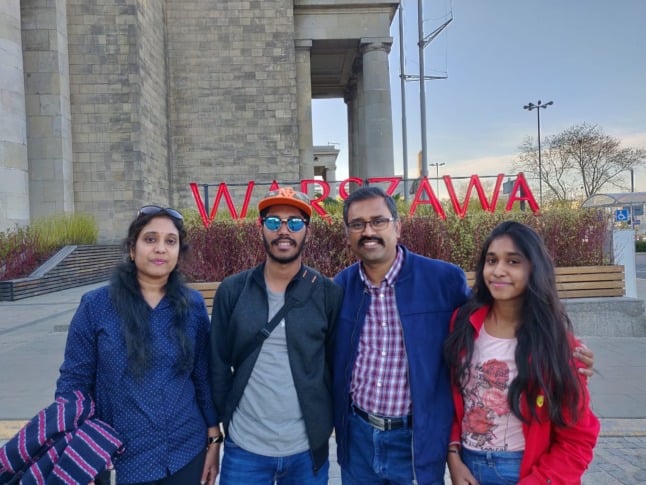
And though they might miss family gatherings, Milan’s large international student community means that major Indian festivals like Diwali are fully celebrated – and these days, they’re drawing increasingly large numbers of Italians.
“During Holi [the Hindu festival of colours which takes place in the spring], I see loads of Italians participating, because the students are the most active participants. They have Italian friends, so they bring in all those Italian students, and they all get together – it’s really a good gathering actually, very lively.”
On blogging
It wasn’t until 2017 that Mahesh first started blogging about life in Italy.
As he racked up years of Milanese living experience, Mahesh found himself answering more and more questions from Indians considering taking job offers or accepting transfers to the country.
| Banner ad |
He created his own website, mjothi.com, where he posted responses to commonly asked questions to which he could direct enquirers; and in 2020, he migrated the content to Let’s Travelliamo, where he also started publishing detailed explainers on living in Italy, from filing taxes to taking your driving test.
READ ALSO: Are people still planning to move to Italy after the coronavirus crisis?
“I thought maybe if I had some website with this information, that could help others: so I came in and started doing it,” he says.
The question he was asked most frequently is how much money you can save working in Italy, so he’s put together a comprehensive guide to living costs.
“You can not say how much someone can save, because it depends on your living style,” he says.
“You can spend an entire 1,000 euros in ten days, or maybe have it last for the whole month, right? So that’s when I said OK, instead of trying to answer everybody with how much you can save, if I put the cost of things available in Italy, then it’s up to them to decide whether the salary they’ll get it sufficient or not.”
In 2021 Mahesh also started putting out Travelliamo, an online and print magazine which he writes, edits, designs and produces entirely by himself. Each issue features a different Italian region: so far he’s covered Lombardy, Veneto, Sicily and Tuscany.
He was inspired to start the magazine, he says, after he visited Puglia and was “astonished” by its beauty, having never really heard much about the region.
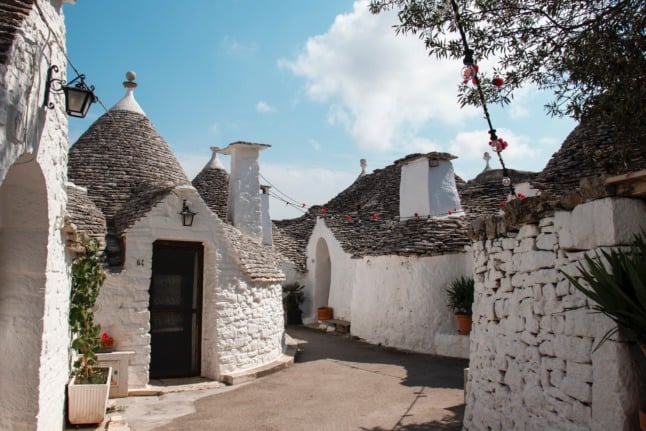
“As an outsider, I was mostly informed about the regular travel places like Milan, Venice, Florence, Pisa, Rome, Amalfi etc.,” he says.
“I was wondering why these gems are being hidden for the regular tourists and thought to bring out those hidden treasures through my quarterly travel magazine.”
In the future, Mahesh plans to travel to Palermo (he’s been to Catania but not to the West of Sicily), as well as Calabria, Sardinia, and Marche – some of the few Italian regions he’s still yet to visit. His favourite region remains Puglia, though he’s only visited in winter, so he and his wife hope to return in warmer weather at some point.
Mahesh’s dream would be to travel every day – but for now he’ll have to fit it into his long Italian holidays. His favourite part of travelling, he says, is more the journey than when you land: “the fast moving tall trees through the windows of the train, short chats you have with co-passengers, or the natural beauty you enjoy during those drives around the valleys.”

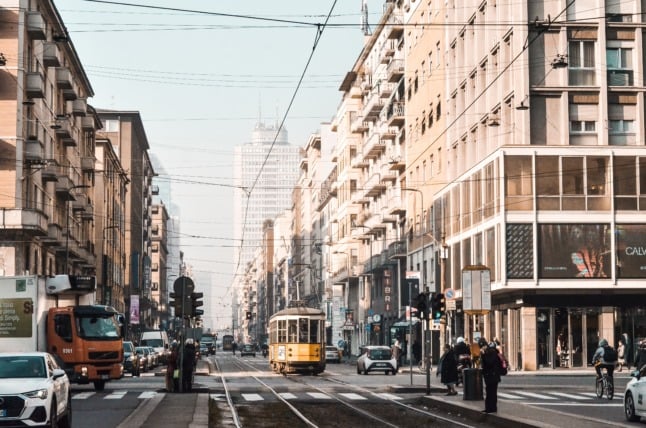

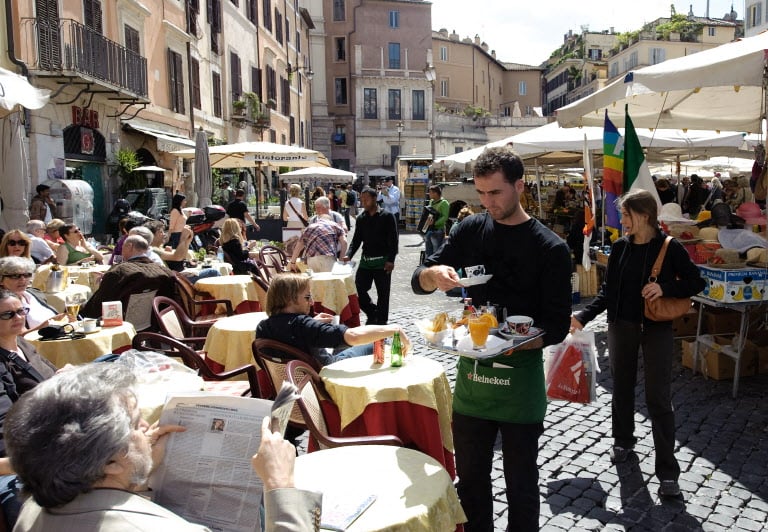
 Please whitelist us to continue reading.
Please whitelist us to continue reading.
Member comments